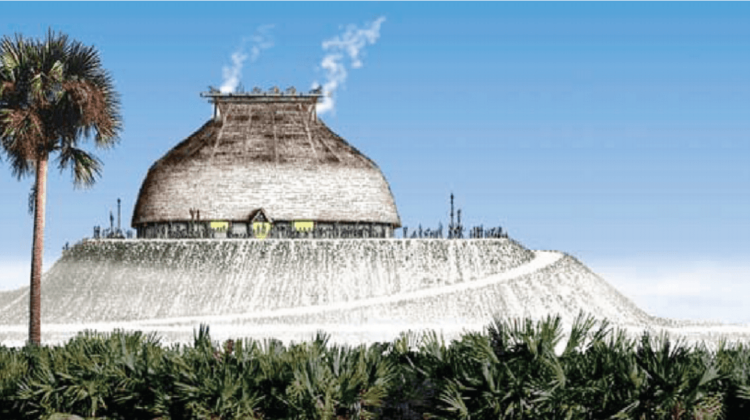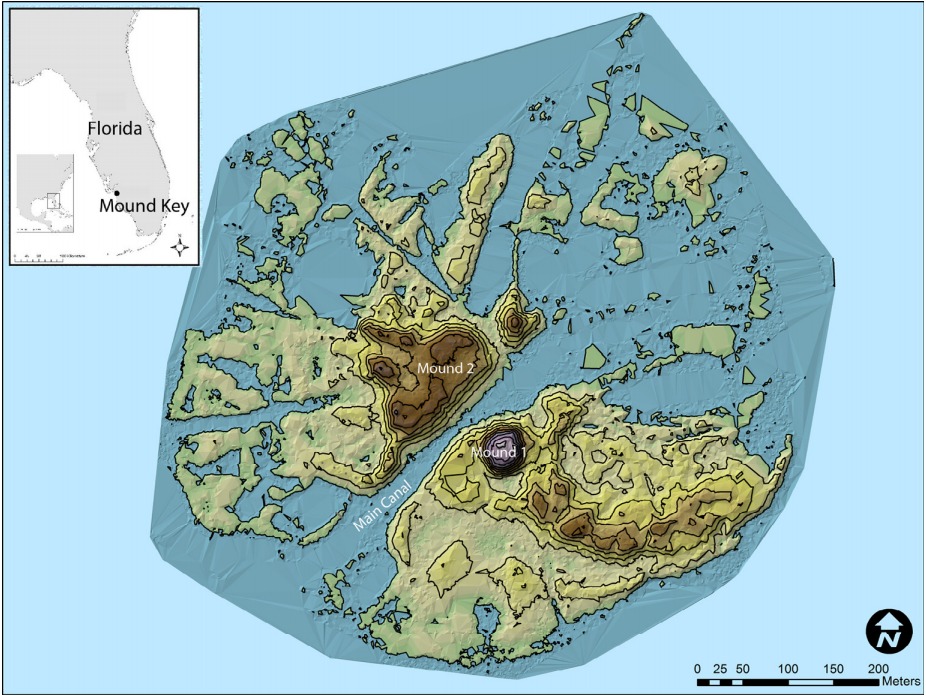
A complex indigenous culture built upon chiefdoms and tributes was discovered by the Spanish as they approached the Florida Keys in the 16th century. The King of the Calusa people was welcomed by the European explorers at his magnificent home, which was built atop a man-made island off the coast of Florida.
This home, which was previously only known from Spanish manuscripts, has reportedly been unearthed by archaeologists, and it appears to have been immensely spectacular. Excavations have revealed the location of the house’s remnants, which were once an amazing building capable of housing 2,000 people. It stood on 150 posts on the island’s highest peak. The Journal of Anthropological Archaeology has released the report outlining the discovery.
Due to the fact that the Calusa were the only New World civilisation not based on agriculture, they have long attracted archaeologists. Farming is typically required in complex civilizations to generate enough excess food to maintain huge populations, allowing some people to then diversify other sources of income.

However, the Calusa were able to establish a culture that was mostly centered on fishing by taking advantage of the productive waters that surrounded the southern part of Florida and its Keys. They caught deer and birds inland and feasted on sharks, turtles, fish, and oysters. Although many also maintained tiny forest gardens where they grew chili peppers, squash, papaya, and gourds, this was complemented with foraged wild vegetation.

In spite of this, the Calusa built a remarkably complex civilization, with King Caalus ruling over a community of some 20,000 individuals who offered him tribute in the form of food, gold, animal hides, feathers, and even captured Spanish shipwreck captives. There were devoted priests, a militia, and a system of canals that the populace used for trade and transportation.
In fact, the Calusa were so prosperous that they resisted Spanish conquest, fending them off, and remained free long after many other tribes were subdued. In the end, it was European illnesses that brought them to extinction rather than invasion. For a society that wasn’t dependent on agriculture, all of this was an incredible accomplishment.
Now that it has been rediscovered, archaeologists believe that the home of King Caalus, which the Spanish described in great detail in 1566, served as the Calusa people’s administrative center. Now that excavations have taken place, it can be precisely located and measured. It soared above a town of about 4,000 people.

The enormous, somewhat oval structure was about 20 meters (65 feet) broad and approximately 24 meters (80 feet) long, and it was made of pine trees that had probably been brought from the mainland. The building is magnificent for any civilisation and would have required a lot of labor and materials to complete. Its construction dates to 1000 CE, and it was in continuous use for at least 500 years after that.
The discovery confirms the unusual character of the Calusa culture and advances knowledge about how this extraordinary society developed and thrived for hundreds of years.

[H/T: National Geographic]

Leave a Reply